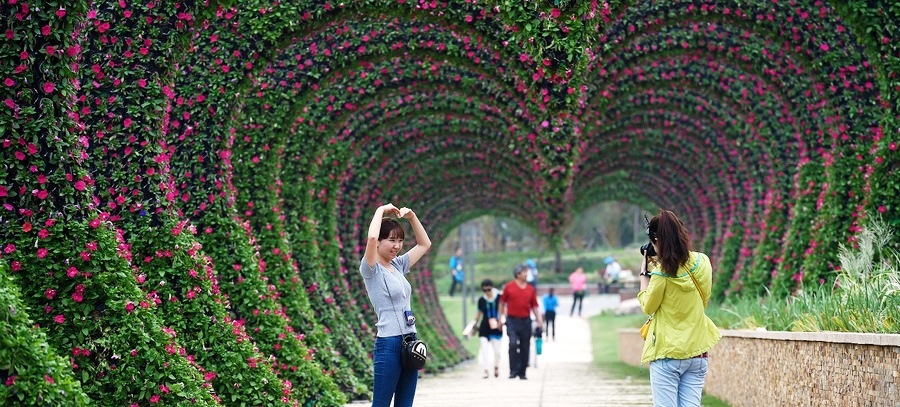The city of Wuhan, China has revitalized one of the most polluted areas of the city into an ecological space for citizens.
The abandoned Jinkou Landfill and Zhanggong Dkye were the two largest sources of pollution in the city of Wuhan.
Consequently, despite the expansion of the city, its commercial, educational and public health infrastructure lagged behind the growing needs of the people.
Maybe the worst offender was a deserted garbage dump and an abandoned dyke formed a “pollution divide” which widened both the ecological and the economic gap.
In 2015 the city government launched a restoration project for the area covering 213 hectares (532 acres) to create a suitable site for the China International Garden Expo.
The initial project exceeded both city officials and residents’ expectations, and the waste dump is now a recreational park and the dyke an urban forest used by pedestrians and cyclists.
The project forms part of Wuhan’s General Urban Planning scheme (2010-2020) and has improved the quality of life for 14 adjacent communities that house approximately 400,000 people.
Photo courtesy of METROPOLIS.org.

